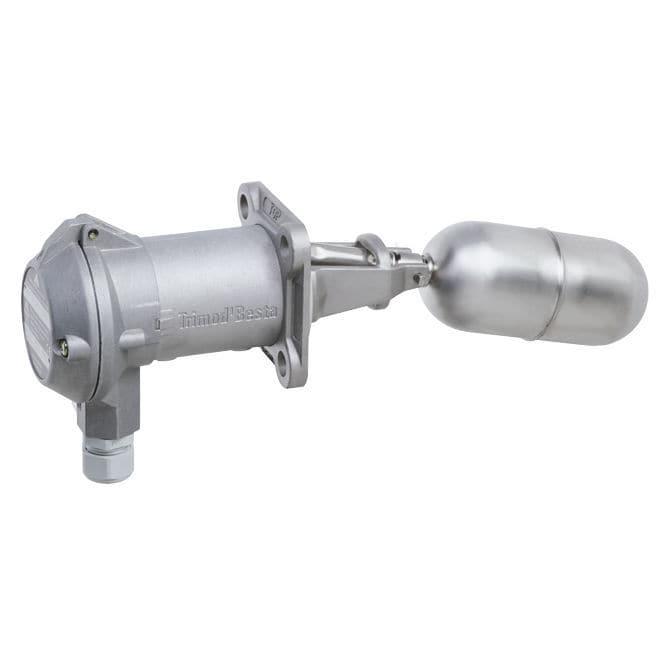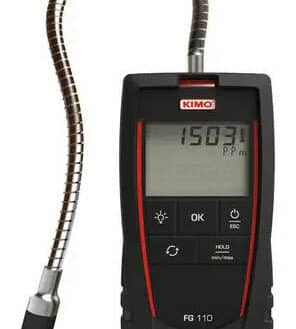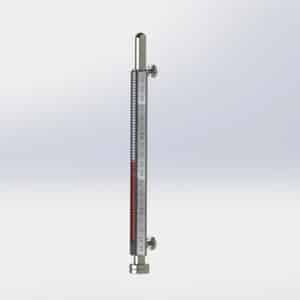Level switches, like level sensors, are mainly used to determine the filling level in tanks, silos or storage containers. While the two terms can be considered almost synonymous, there is a real technical difference between them.
In contrast to level sensors, which continuously measure the change in level, the level switch only indicates whether or not the level has reached a certain height. It is a one-time measurement. A detector therefore does not send a signal proportional to the level but a switching signal (on/off type).
Level switches are used in process control for the management of critical level alarms (empty or full tank) and in the management of set points for filling or emptying tanks, etc.









